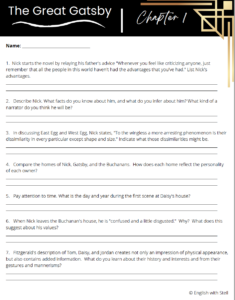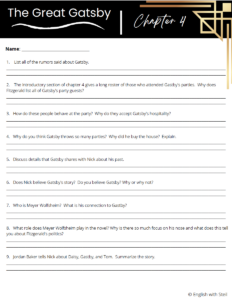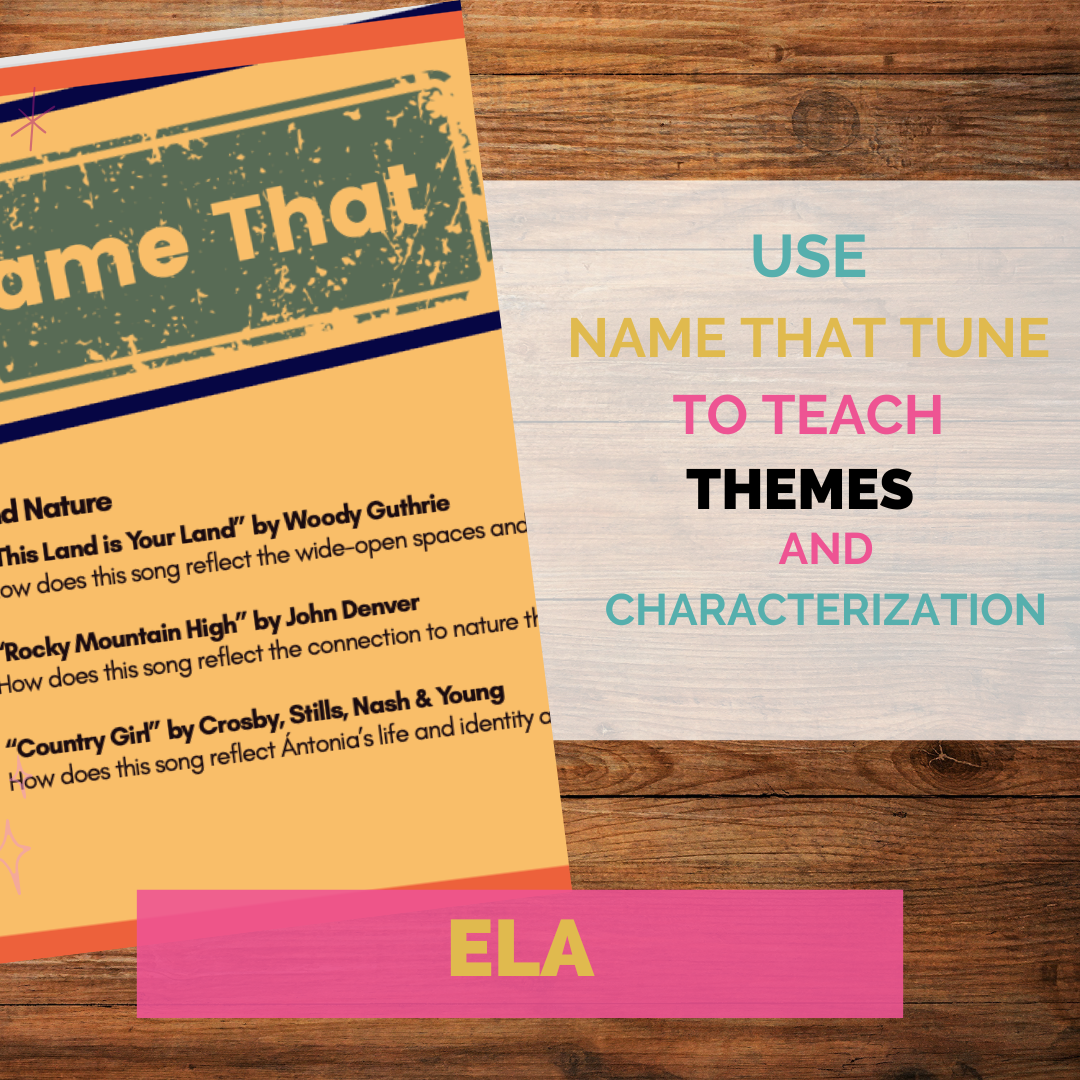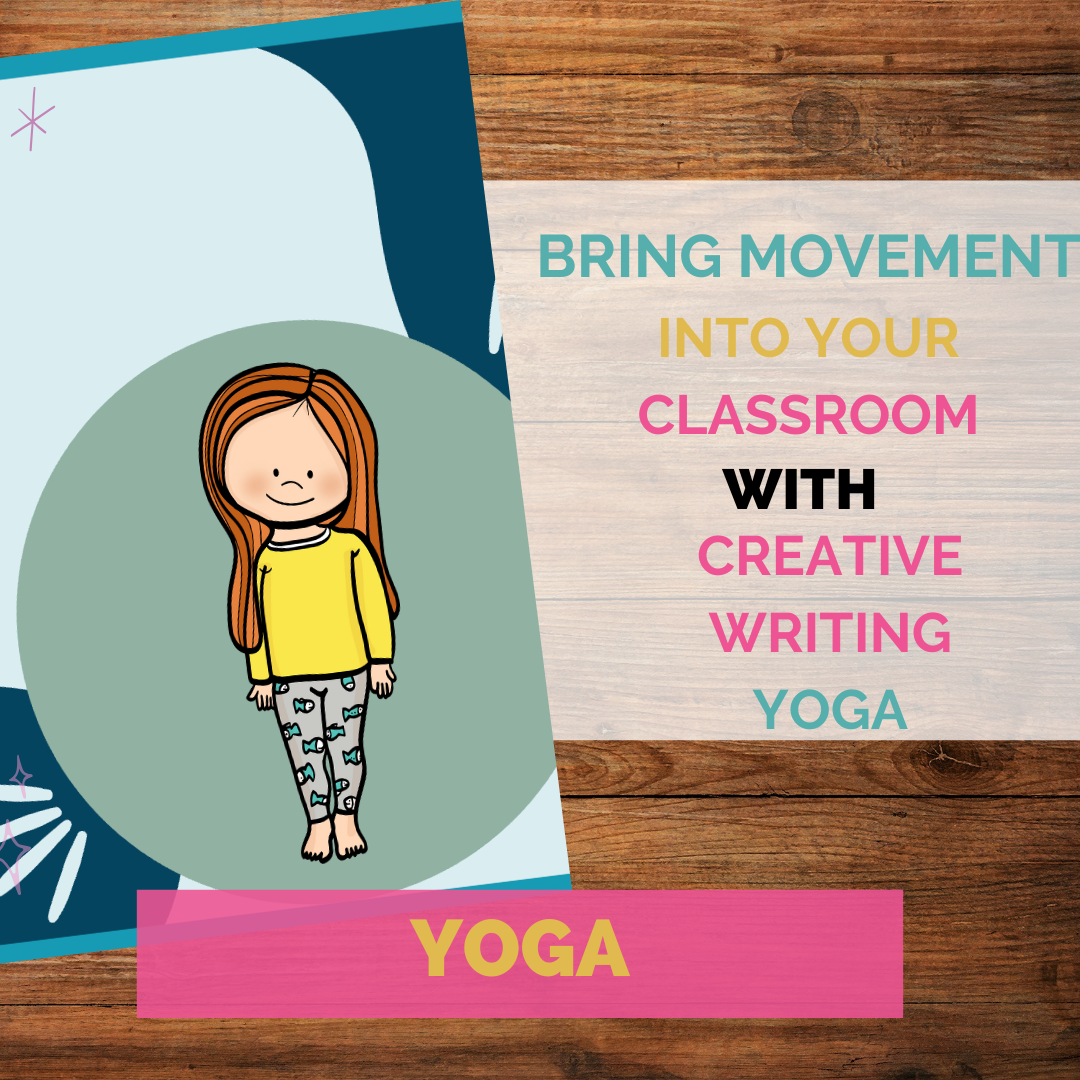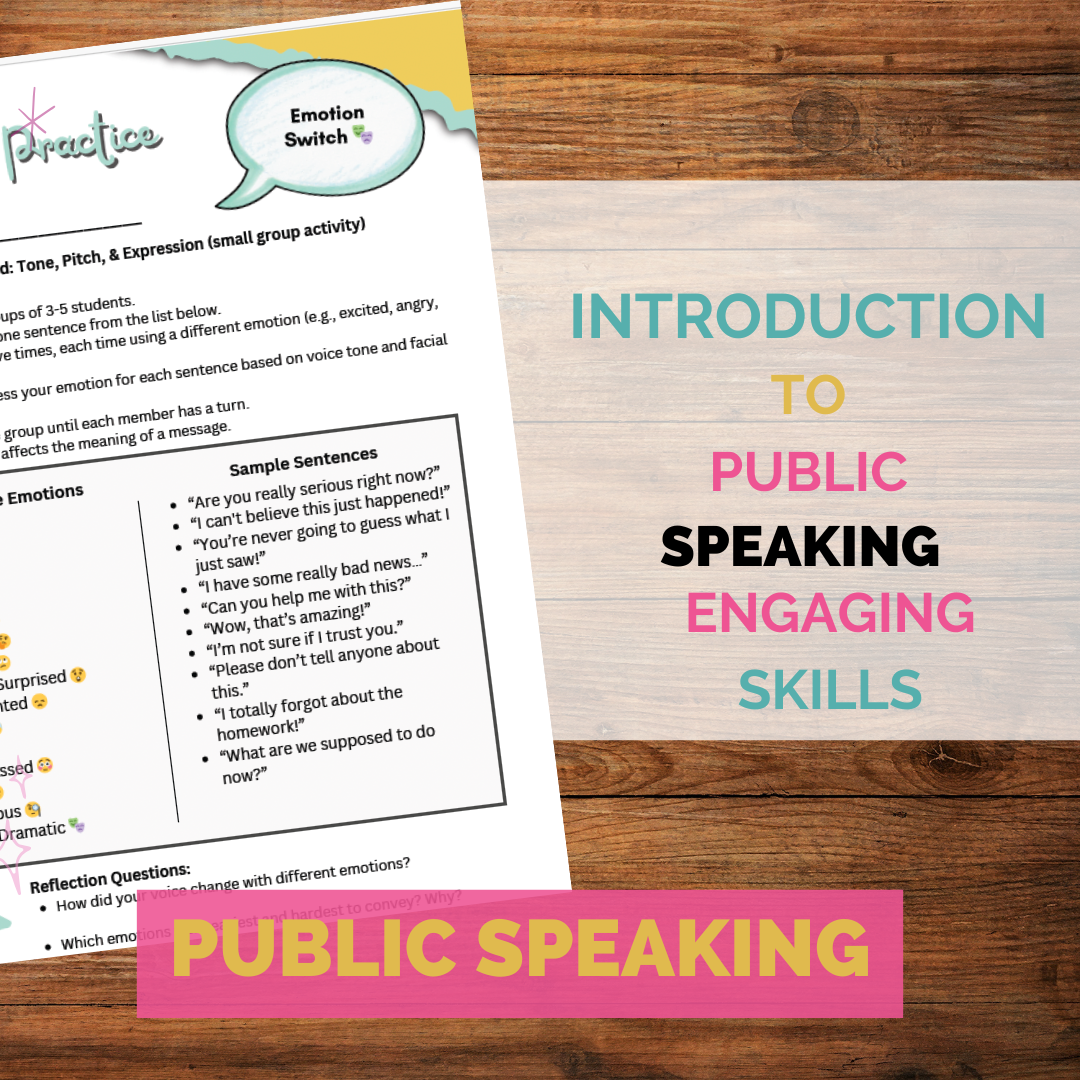Does Gatsby still have a place in our curriculum?
Like so many other educators across the country, I continually ask myself about the relevance of continually using certain works from the cannon in my classroom. Are they still relevant? Can students relate? What value do these works bring to my curriculum?
As I ponder those questions, my answer is yes, The Great Gatsby still has a place in American literature curriculum. This novel not only provides a historical introduction to the roaring 20s, but it features two main characters Nick Carraway and Jay Gatsby, who both rise above their circumstances to achieve the American Dream.
While this is often initially a challenging read for most students, the length and storyline make it accessible and introduces themes that will likely emerge in other American literature throughout the year. Keep reading to learn more about some of my favorite activities and strategies to reinvigorate this classic in your classroom to make it accessible and engaging for your students.
Establish historical context
The novel is set during the Roaring 20s, during a time of economic development, prosperity, and increasing wealth. Culturally the 20s birthed the jazz age and Harlem Renaissance helped shape culture and the arts.
I like to start my unit with an to help introduce students to the time period by having them learn about some key moments in history. Through a simple web search, students can about pivotal historical events like prohibition, jazz age, flapper girls, the changing roles of men and women, the introduction of the automobile, and more. It’s fascinating for students to learn about this unique period on our history, years before the Great Depression. Helping students understand the economic, cultural, and social dramatics of the time will help them better understand the story as it unfolds.
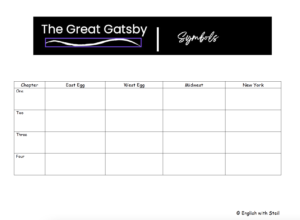
Exploring symbols and motifs
The Great Gatsby is rich with symbols and motifs. From the use of color to setting and locations, readers and quickly see Fitzgerald’s use of symbols and motifs help propel the story forward. I use a couple different activities with my students to help them learn how to identify symbols in The Great Gatsby.
Symbols: I use a chart that identified each of the central locations in the novel (East Egg, West Egg, New York, and the midwest) and each chapter to help student to identify which colors are most often associated with each location. Through the use of this simple grid, students start to see different patterns emerge.
American Dream: The theme of the American dream is prominent in this novel. Readers can trace Jay Gatsby’s journey from his midwest childhood to his present status as one of the wealthiest members West Egg. Through exploring characteristics of a Mythical Hero, students can explore whether any characters in this novel stand out as the hero of the novel.
Engage in literary analysis!
As I mentioned earlier, initially my students find the novel challenging, so I try to provide as many different ways to make this novel as accessible as possible. Through the use of graphic organizers, literary analysis questions, and writing prompts, I help students analyze characterization, themes, and symbols in the The Great Gatsby.
Literary analysis questions: Throughout the unit, students will answer over 100+ questions! Questions are organized into 20-page sections, and include rich content designed to keep students engaged.
Each high-level question encourages students to analyze and synthesize this novel.
-Each question includes specific textual references or direct quotes.
-Includes thematic development, characterization, setting, and language analysis.
-Questions include figurative language strategies.
-Students incorporate textual evidence into their responses for each question.
These questions can be used in a variety of ways:
⭐️ Help students prepare for literature circles
⭐️ Serve as a guide for Socratic seminar discussions
⭐️ Use as study guide for individual or small group use
Interactive activities and resources
I incorporate a variety of engaging and thought-provoking activities to support the novel The Great Gatsby by F. Scott Fitzgerald. Each of the engaging activities below helps students understand the complex and dynamic characters in the novel. They also help students understand the impact of influence of setting, time period, and culture on the events in the novel. Each activity includes a printable document for students to complete for various sections of the novel. These resource are designed to keep kids engaged, while providing meaningful and thoughtful instruction for student success!
There are 7 resources included in this purchase:
⭐️ What is the American Dream
⭐️ Mythical Hero
⭐️ Setting chart
⭐️ Chapter 6 comic strip
⭐️ Themes and motifs
⭐️ Vocabulary chart and list
⭐️ Quotations
⭐️ Motifs
⭐️ Creation of American Dream
⭐️ Setting and Description
Provide opportunities to write and reflect
This this collection of writing prompts for The Great Gatsby by F. Scott Fitzgerald will inspire deep thinking and thought-provoking responses.
Asking students to write about what they are reading is one of the most beneficial activities we can incorporate to help promote a culture of critical thinking and literary analysis.
Through the use of 5 open-ended writing prompts (chapters 1-6), students will be asked to critically explore characterization, plot development, and themes in the novel.
I have students complete writing prompts throughout the novel to encourage close reading analysis. These writing prompts address a range of literature and writing standards.
Prompts include key ideas, themes, setting, and characterization in the The Great Gatsby. Students are encouraged to use textual evidence to support their responses.
Check out the following American Literature resources from my fellow teacher colleagues:
5 Tips for Teaching The Great Gatsby by The Superhero Teacher
RETHINKING THE CLASSICS: SUPPLEMENTS AND UPDATES FOR 10 CORE TEXTS published on The Secondary English Coffee Shop

